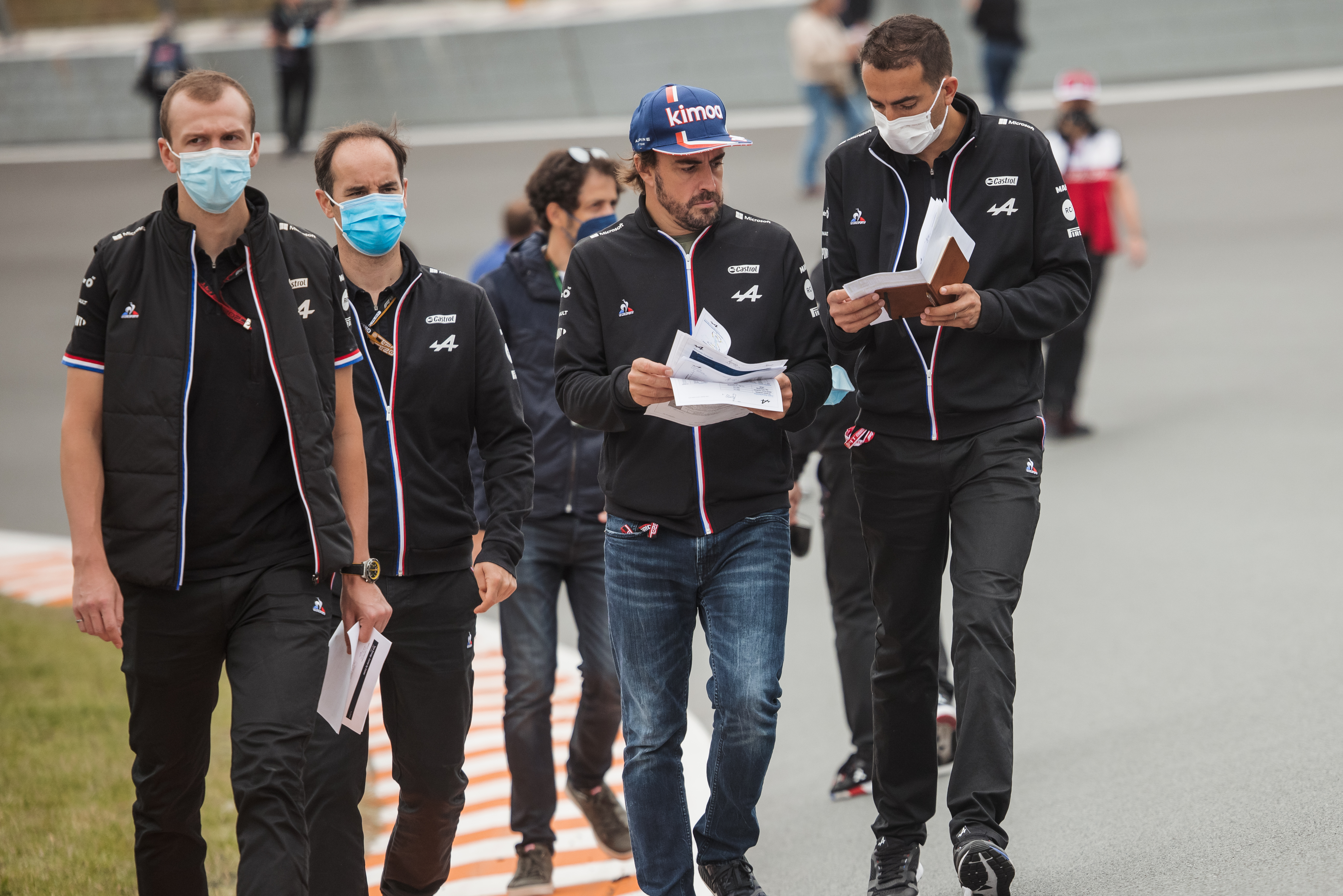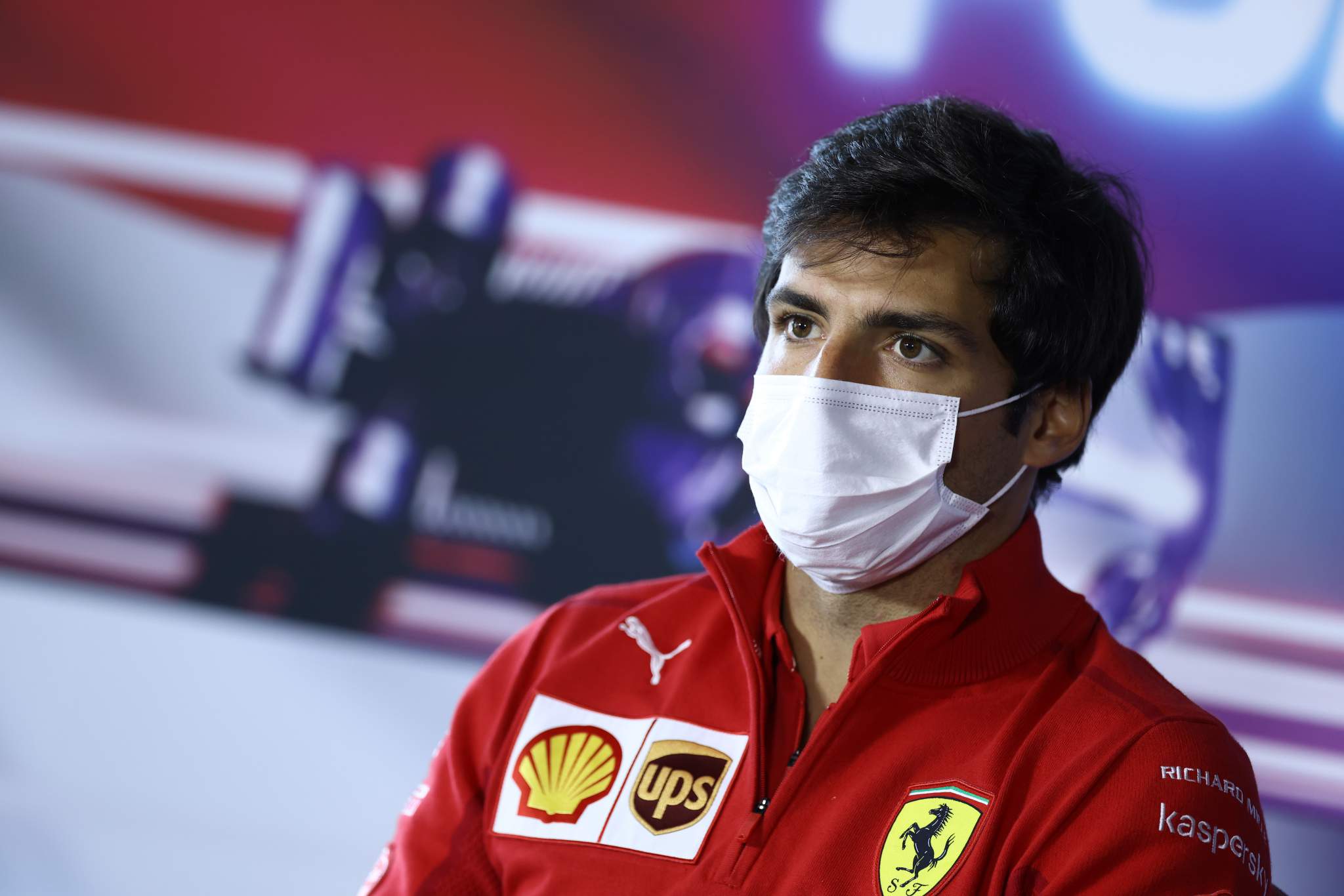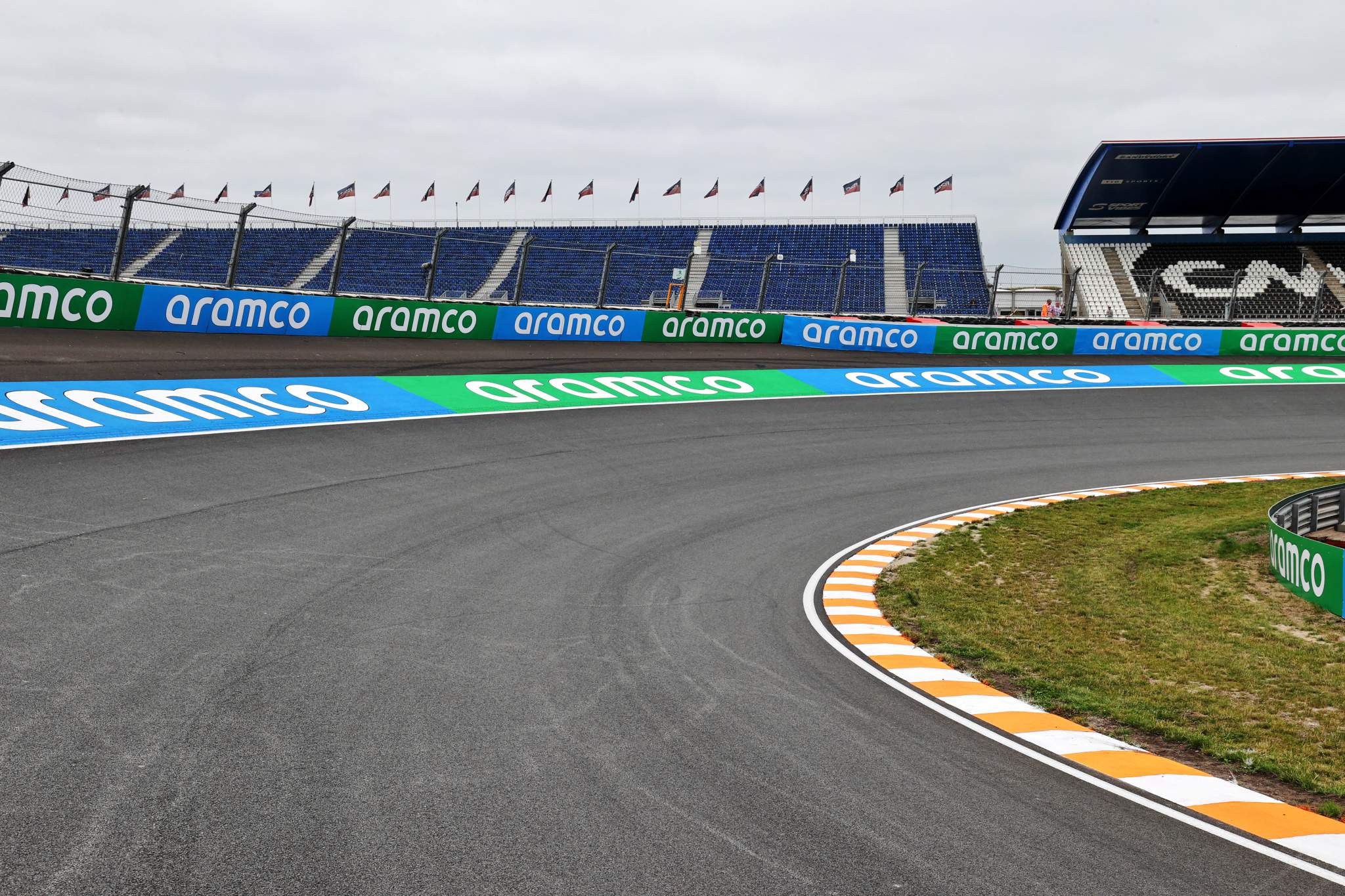Up Next

Formula 1 heads into the unknown when it runs on the Zandvoort banking for the first time in Friday practice for the Dutch Grand Prix, with Alpine driver Fernando Alonso saying “there are things we will learn for the first time”.
The addition of the banking in the Turn 3 left-hander, named after former circuit director John Hugenholtz, and the Turn 14 right-hander that leads onto the start/finish straight, which is named after two-times Indianapolis 500 winner Arie Luyendyk, was a suggestion made by former F1 race director Charlie Whiting.
The objective was to increase the prospects of overtaking, with the hope that the DRS could be opened on the banking of the final corner to extend the DRS zone on the run to the first corner.
But the decision was taken not to allow this, with the DRS zone now starting 30 metres after the exit of the corner.
This was a result of final simulations of F1 cars running on the circuit, with drivers understood to have suffered virtual spins as a consequence of the grip levels and the unbalancing of the car with the DRS open.
While there are hopes that it could be possible to extend the DRS zone for Saturday depending on how the cars behave in practice, it’s understood that the FIA is set to analyse the data from the full weekend and consider the possibility for 2022.

Alonso is looking forward to running on the banking and believes that the difficulty of following at Zandvoort will mitigate against overtaking. He also pointed out that F1 cars are not designed for use on banking that, at 19 degrees, is relatively steep.
“It’s going to be very tough,” said Alonso when asked by The Race if the banking will increase the overtaking chances. “You need a big tyre advantage to go very close in the last two or three corners.
“The banking was there also to allow cars to use the DRS but we decided to put the DRS after the banking and that’s probably too short in terms of distance to the first corner.
“In terms of DRS before the banking, you have the possibility to go flat out there but the last analysis said it was dangerous and they didn’t allow us.
“It’s going to be interesting to see the cars running on that banking. Formula 1 cars are not made for this inclination on the corner in terms of floor touching or front wing or whatever.
“There are things we will learn for the first time.”

Home hero Max Verstappen believes that overtaking will be difficult at Zandvoort regardless of whether the DRS was available in the final corner and said he was unsure how the car would respond to it being opened if it was in use.
“I don’t think it will matter a lot if it would have been open in the banking or not, you lose too much time in the two corners before that to place an attack into Turn 1 anyway,” said Verstappen.
“I guess some people are a bit disappointed about that, but to me, it doesn’t change a lot.
“And also we don’t really know how the car’s going to react to it because it’s a banked corner so naturally, the car wants to pull itself down. So when you open the DRS there with the front flap you have in the car you don’t know how it’s going to respond.”
Given Zandvoort is a circuit where following in the turbulent air is difficult and with few obvious overtaking spots, with the run into Turn 1 the most likely, Vertappen’s position is shared by his rival drivers.
Carlos Sainz suggested that a big performance difference would be required before it’s possible to make a move.

“I agree with Max because the corners that precede this straight are all corners that are going to be really difficult to follow around,” said Sainz.
“I guess for more overtaking we would need a lot of degradation, tyres to fall apart and some people to have big tyre deltas to others. But it’s quite a hard compound tyre, the straight is not very long and I don’t expect that the DRS would have made a huge difference.
“But if we see this is ok we might have it on Saturday, I heard.”
A banked corner inevitably brings back memories of the 2005 United States Grand Prix farrago, in which 14 Michelin-shod runners withdrew amid concerns about the ability of the tyres to deal with the banking. This resulted in F1’s infamous six-car race, with only the Bridgestone runners competing.
But despite the banking at Zandvoort being steeper than it was at Indianapolis – around 19 degrees compared to the nine degrees of Turn 1 – Pirelli has no concerns about the ability of its tyres to deal with the loads.
Pirelli had considered bespoke tyres for the Dutch Grand Prix’s original date last year, with a plan to test tyres with a modified construction in free practice at a preceding race. This never happened thanks to the delay to the start of the season and the cancellation of last year’s race.

But there was no need to consider special tyres for this year given the data available on the circuit and the loads it is expected to generate are more complete. On top of that, the tyres are also more robust thanks to changes made to the construction.
This is reflected in the prescriptions for the starting pressures of 22psi front and 21.5psi rare, and the camber limits of -3 degrees front and -2 degrees rear. These allow lower pressures and higher camber than the equivalent prescriptions for Spa last weekend, indicating Pirelli believes the tyres can safely be run more aggressively at Zandvoort.
“The prescriptions are in line with the other high-severity circuits in terms of camber and starting pressure,” said Pirelli F1 boss Mario Isola when asked by The Race how the tyres will handle the banking.
“It’s fair to say with the new front construction that we introduced at the beginning of the year and the new rear construction that we have used since Silverstone, we have a more robust tyre and we adapted the prescriptions considering that.
“From simulations, it’s clear the tyres in the banking are loaded more compared to a flag corner. But in terms of absolute numbers, there are other circuits with such a level of severity. Considering the whole lap, Silverstone is more severe, and so is Spa.
“There are only two corners with banking – let’s say one-and-a-half because one is very short. It affects the prescription but does not revolutionise it.”








